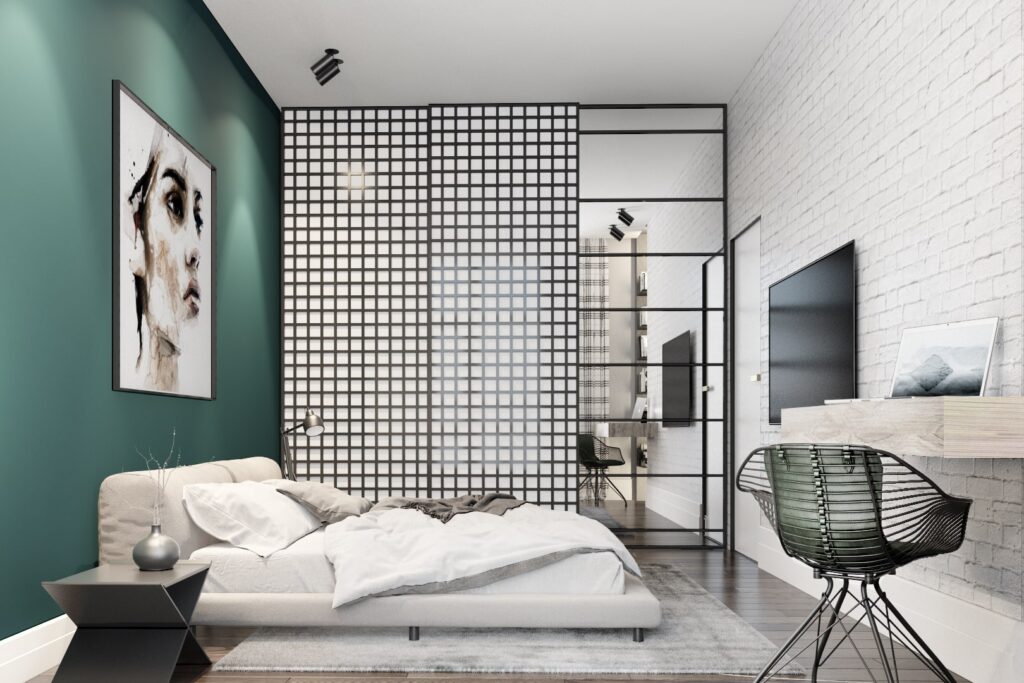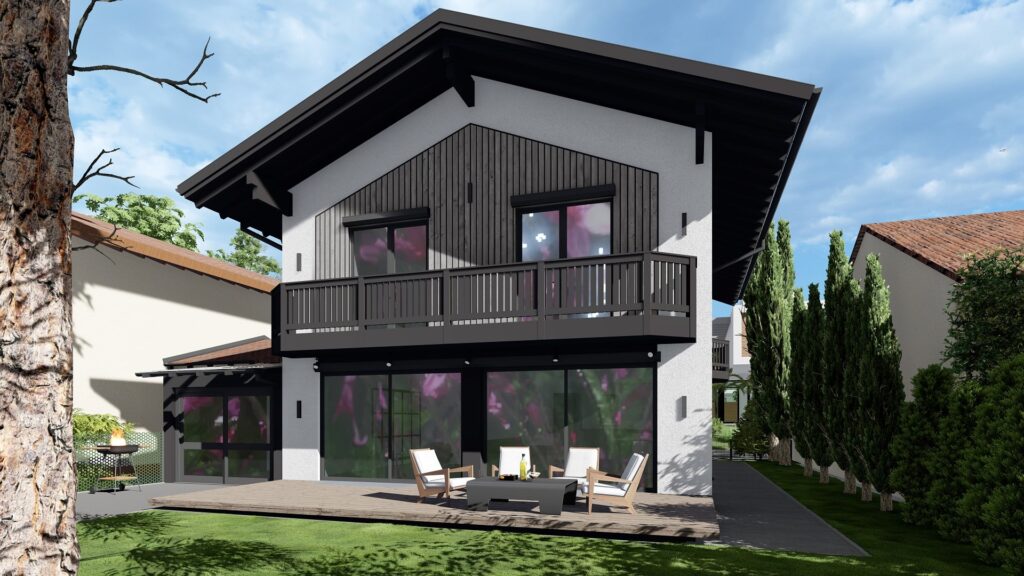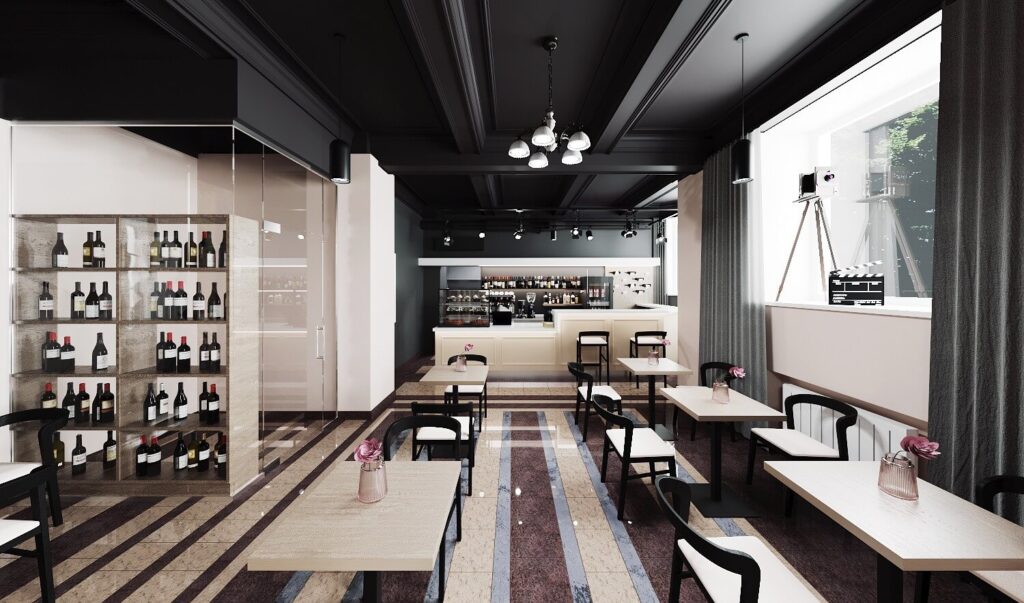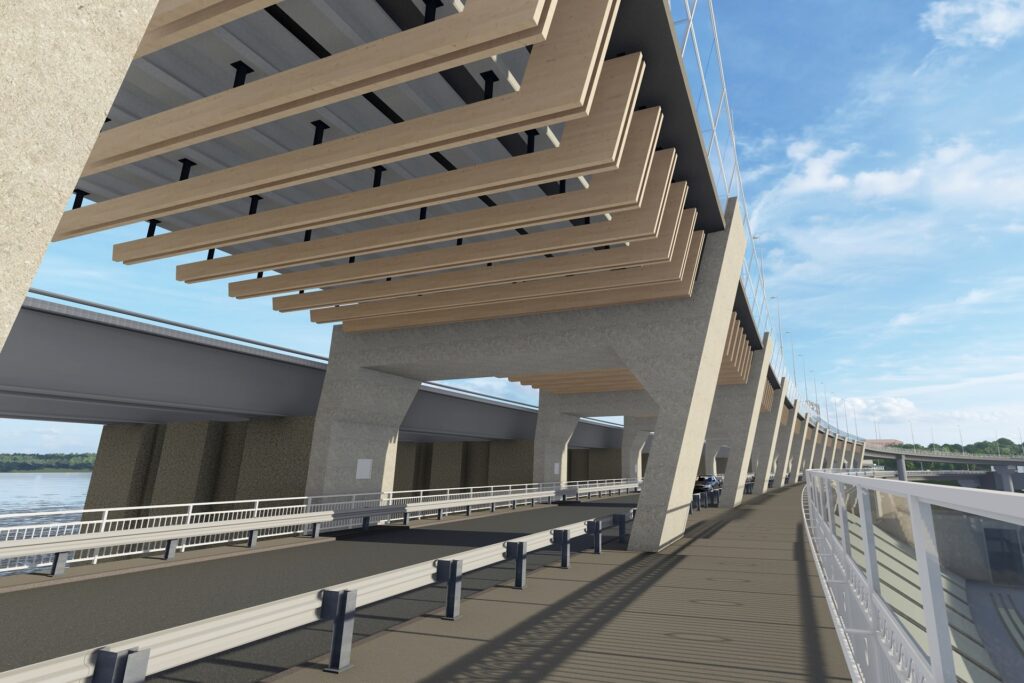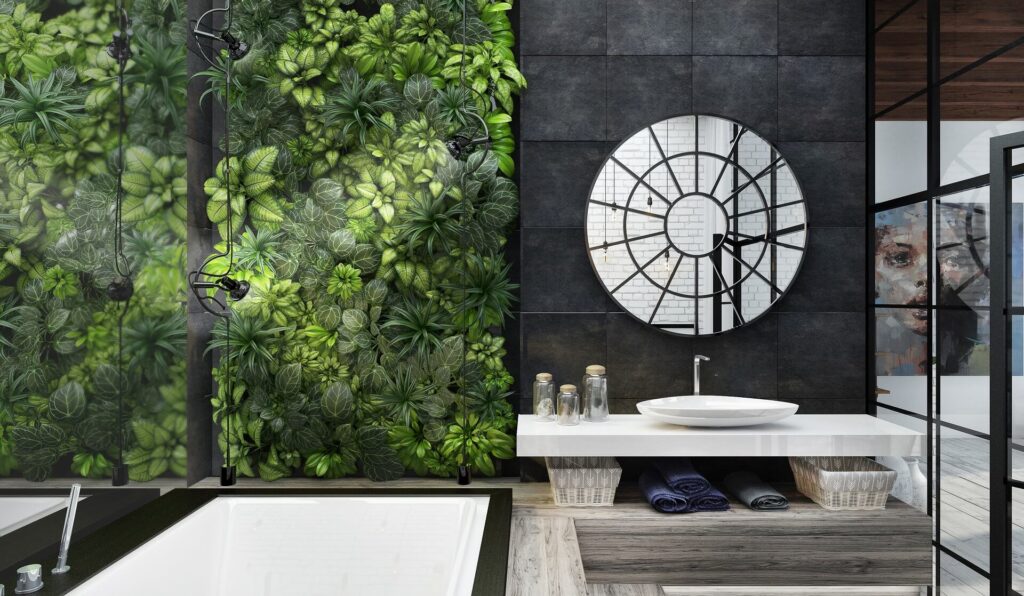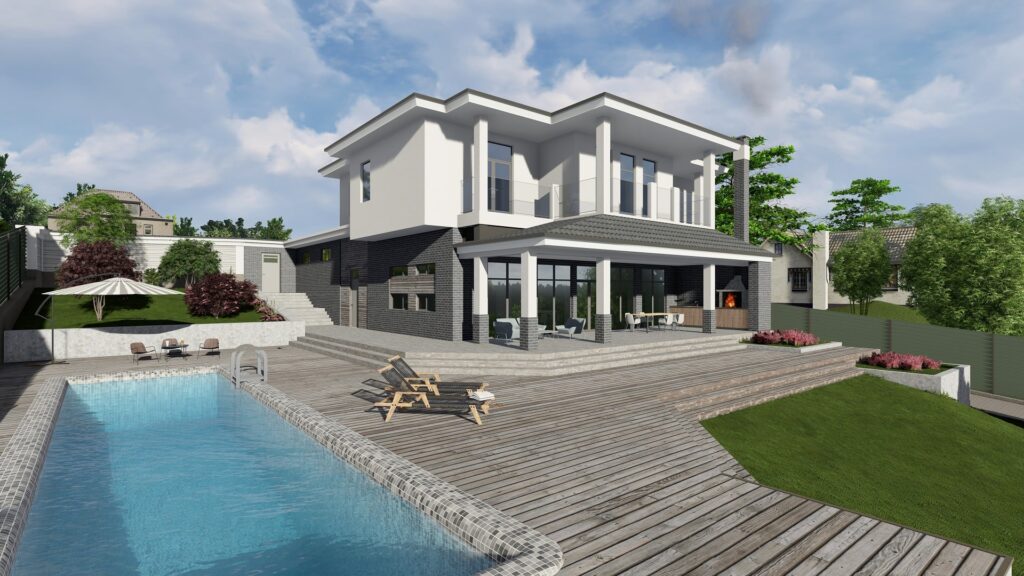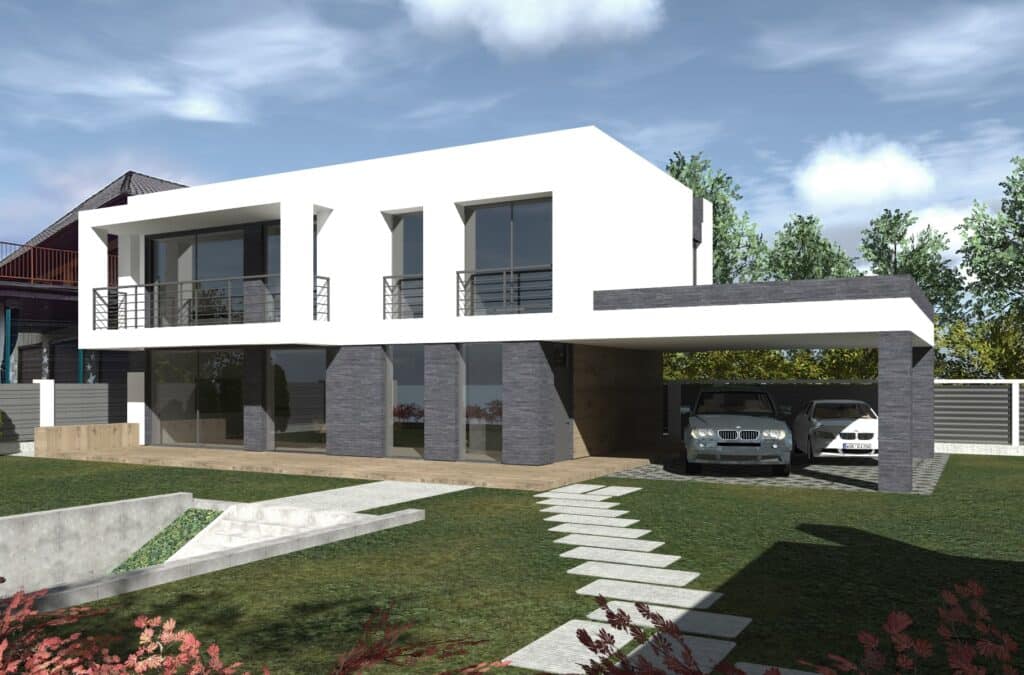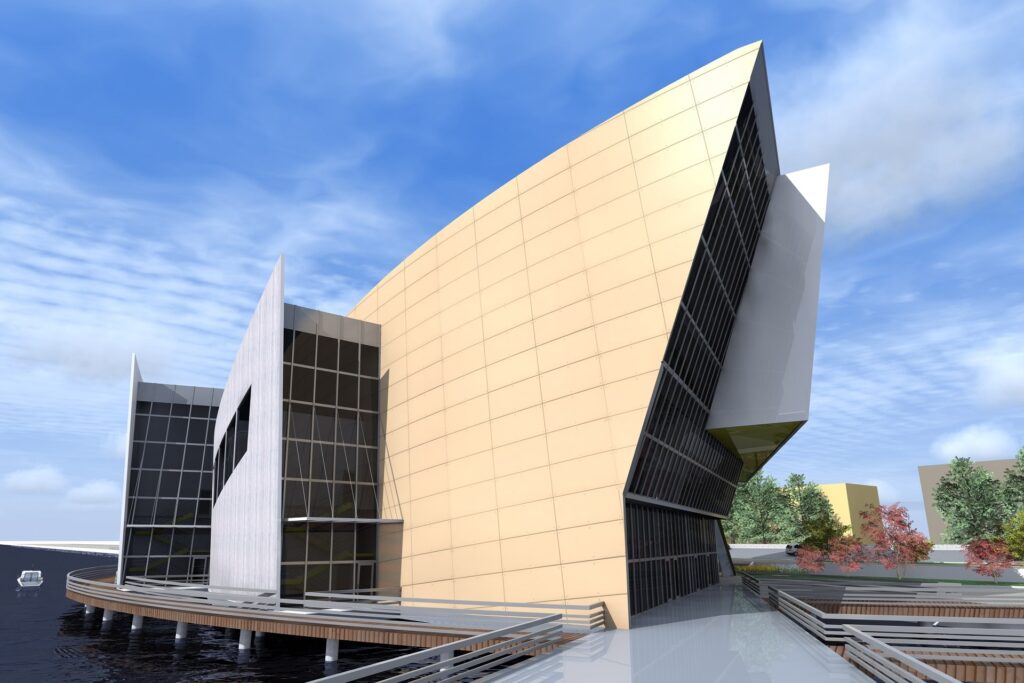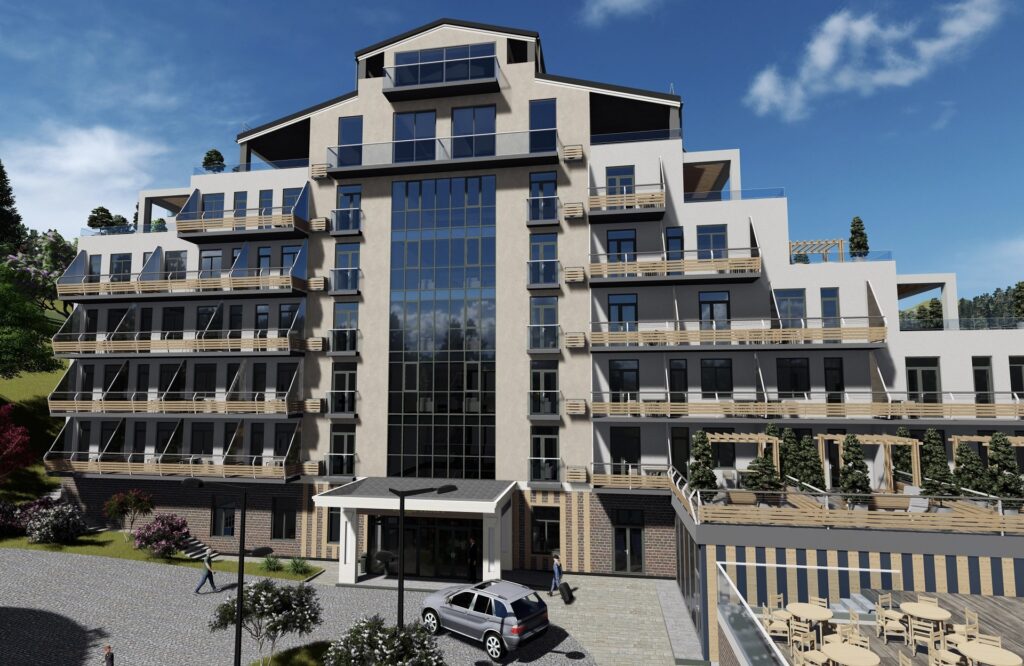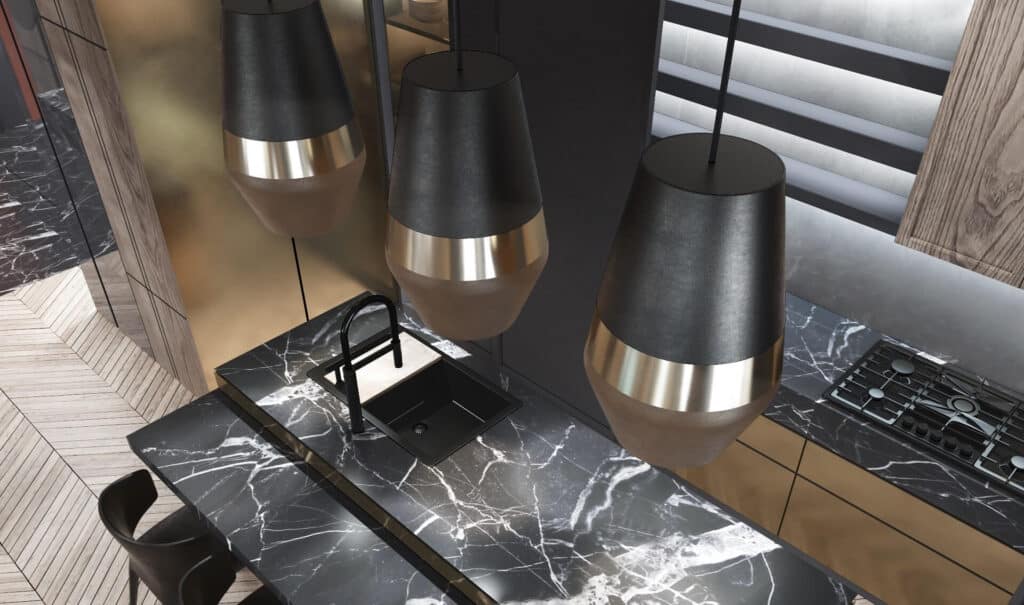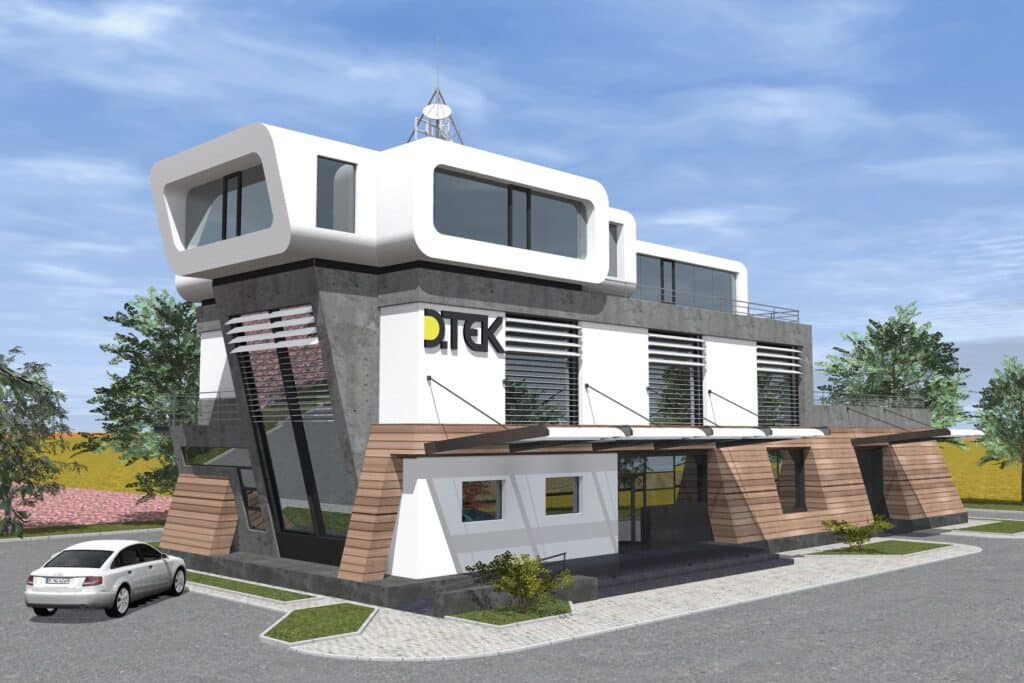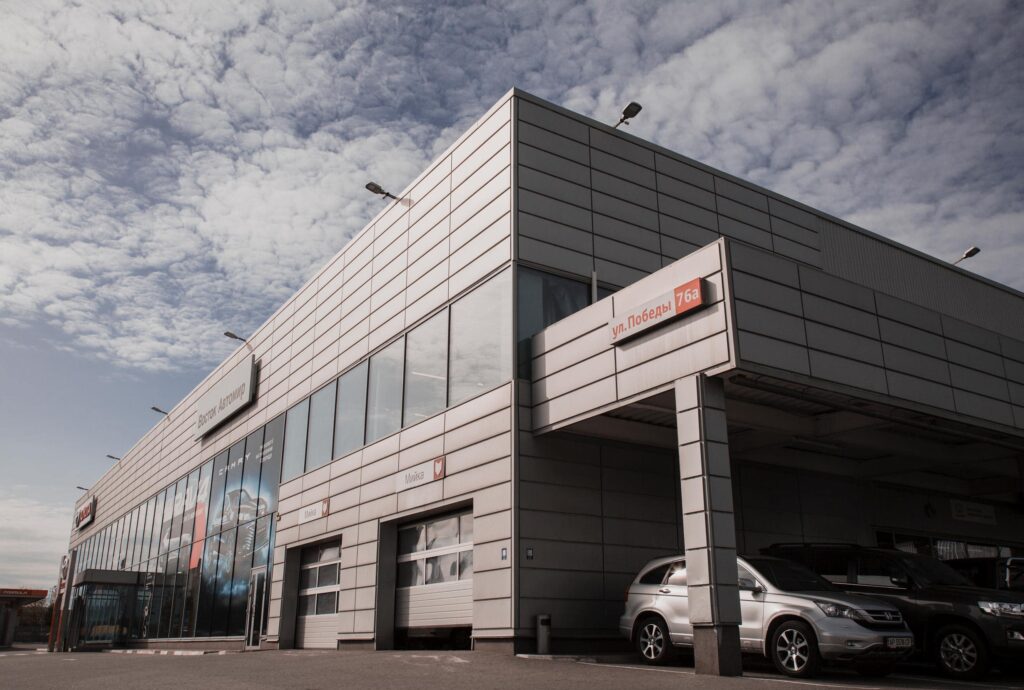Eco-Friendly Interiors: Real Benefits for You and the Planet
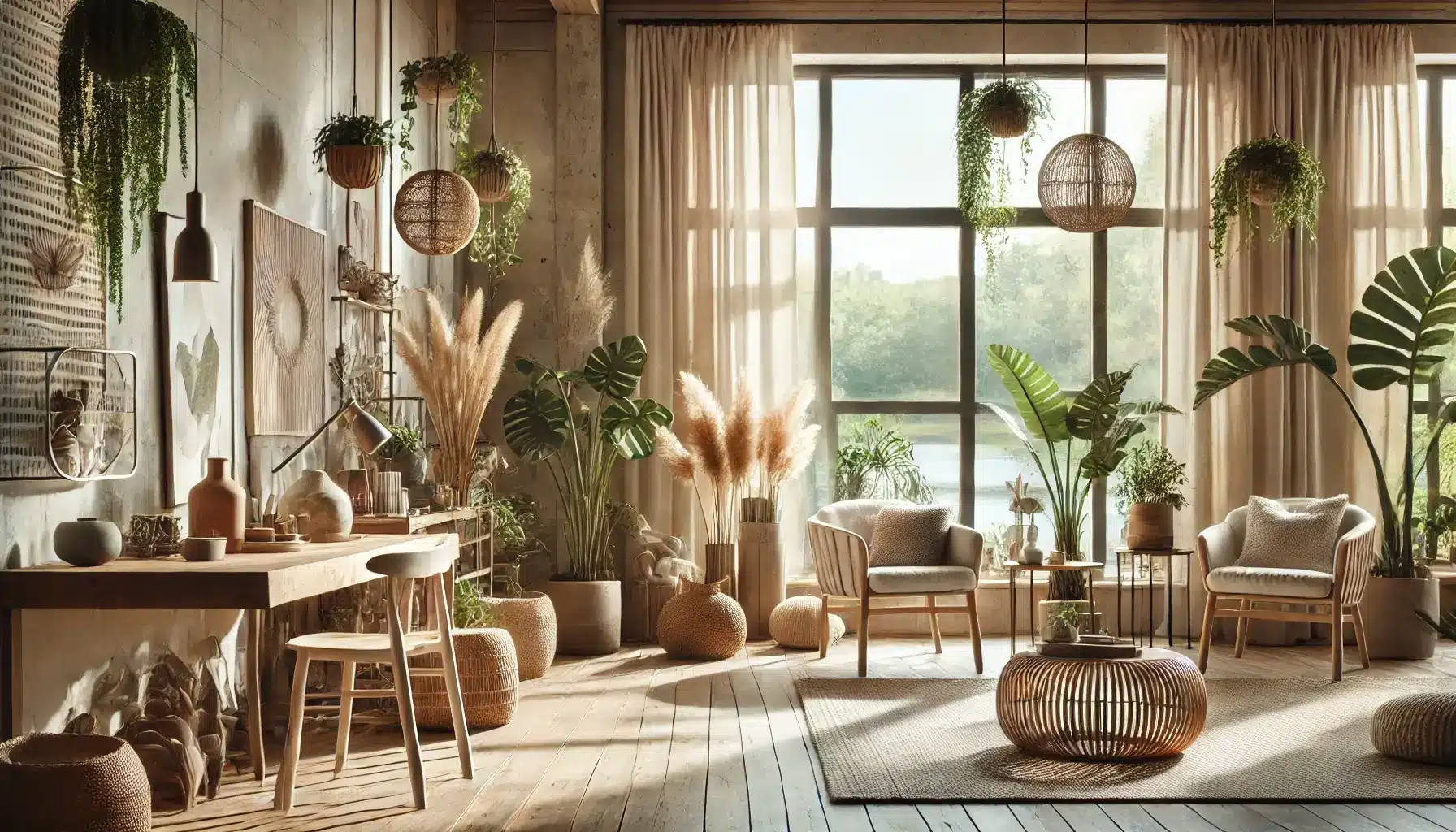
Welcome to the essence of my work as a designer and architect. In this article, we will explore the transformative journey of embracing eco-friendly interiors. From the guiding principles to the tangible benefits for both you and the planet, each section offers a comprehensive look into how sustainable design can redefine your living space.
🌱 Understanding Eco-Friendly Interiors
Eco-friendly interiors prioritize sustainability and resource efficiency. They focus on minimizing the environmental impact of interior design. Here’s why they matter:
- Reduced Carbon Footprint: By using sustainable materials and energy-efficient solutions, eco-friendly interiors help lower greenhouse gas emissions.
- Healthier Living Spaces: These interiors reduce exposure to toxic chemicals often found in conventional materials, promoting indoor air quality.
- Resource Conservation: Sustainable design choices help in conserving water, energy, and raw materials.
Integrating these practices into design projects not only benefits the environment but also enhances the quality of life for inhabitants. Eco-friendly interiors are a commitment to a healthier planet and a more conscious lifestyle.
🔍 The Guiding Principles of Sustainable Design
When it comes to sustainable design, several principles guide the process from concept to completion:
- Material Selection: Using recycled, reclaimed, or renewable materials reduces environmental impact.
- Energy Efficiency: Implementing solutions such as LED lighting, smart thermostats, and solar panels helps minimize energy consumption.
- Water Conservation: Low-flow fixtures and rainwater harvesting systems are integral for responsible water usage.
- Waste Reduction: Designing with modularity and adaptability in mind allows for easier updates and reduces waste generation.
These principles ensure that every project is not only aesthetically pleasing but also environmentally responsible. The goal is to create spaces that respect and harmonize with the natural world.
🌍 Real Benefits for the Planet
Adopting eco-friendly interiors has significant positive impacts on the environment:
- Biodiversity Protection: By choosing sustainable materials, we protect ecosystems and reduce deforestation rates.
- Pollution Reduction: Decreasing reliance on harmful chemicals and pollutants preserves air and water quality.
- Climate Change Mitigation: Energy-efficient designs contribute to reducing overall carbon emissions.
These benefits demonstrate how important sustainable design is for safeguarding our planet’s future. Each interior project becomes a small but meaningful step toward a more sustainable world.
🏆 Real Benefits for You
The advantages of eco-friendly interiors extend well beyond environmental impacts:
- Cost Savings: Energy-efficient solutions reduce utility bills over time.
- Improved Well-being: Natural light, better air quality, and non-toxic materials contribute to mental and physical health.
- Increased Property Value: Homes with sustainable design features are increasingly sought after in the real estate market.
By embracing eco-friendly interiors, you’re investing in your well-being and your property’s future value. It’s a win-win situation for you and the planet.
🎨 Creative Process Behind Sustainable Design
Designing eco-friendly interiors is a creative process that blends innovation with tradition:
- Concept Development: Each project begins with a vision that aligns with sustainable principles.
- Custom Solutions: Tailored designs ensure that every space meets the client’s and the environment’s needs.
- Collaboration: Working with skilled artisans and sustainable manufacturers ensures high-quality results.
- Iteration: Designs are refined through a process of feedback and adjustments to achieve the perfect balance of form and function.
This creative process allows for the development of unique and meaningful spaces that are both beautiful and sustainable.
📈 The Growing Trend of Eco-Friendly Interiors
The demand for sustainable design is on the rise, driven by several factors:
- Consumer Awareness: More people are conscious of their environmental impact and seek sustainable living solutions.
- Technological Advancements: Innovations in sustainable materials and energy solutions make eco-friendly interiors more accessible.
- Legislative Support: Governments worldwide are encouraging sustainable building practices through incentives and regulations.
As this trend continues to grow, eco-friendly interiors are becoming the standard rather than the exception, reshaping the future of design.
🎯 The Vision for a Sustainable Future
My vision as a designer is to create spaces that inspire and nurture mindful living:
- Holistic Approach: Every project aims to harmoniously blend aesthetics, functionality, and sustainability.
- Empowerment: Educating clients about sustainable choices empowers them to make informed decisions.
- Legacy: Each eco-friendly interior is a testament to a commitment to a sustainable future.
This vision is not just about creating beautiful spaces; it’s about contributing positively to the world we live in and leaving a lasting legacy for future generations.

